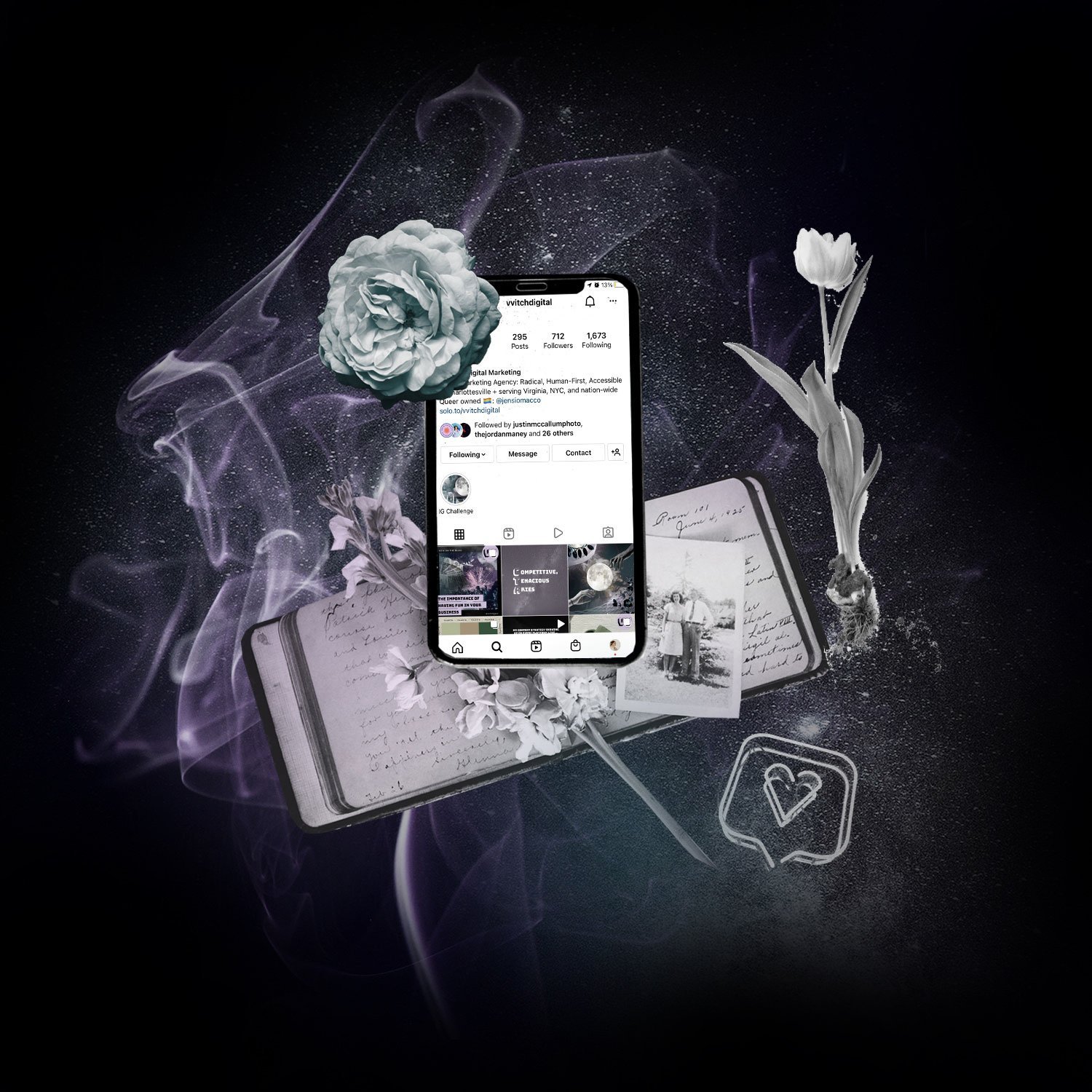What in the World is Alt-Text?
You likely are scratching your head and asking yourself, “WTF is Alt-text? And how do I get some?” Well...alternative text (alt-text) is not necessarily something you get. Alt-text is more so something you provide to others, particularly on a website and most frequently to accompany an image on any given digital platform.
Alt-text...come again?
Alt-text is a text that describes the content of an image and that displays if an image cannot be loaded on your website or in an app. It can also be read by screen readers and search engines, which makes using descriptive alt-text for images on your website an added benefit of helping with SEO.
Why does Alt-text matter?
When you add alt-text descriptions to images on your website you increase the accessibility of your site. Accessibility is the practice of designing and creating content and services that can be used by all people–regardless of their abilities. We touched on accessibility and how important it is to be inclusive in our blog post about the 4 Must-Haves for 2021 Visual Branding.
To ensure online content is accessible, an internationally recognized set of guidelines were created in 1999—called the Web Content Accessibility Guidelines (WCAG). As you will notice, alt-text is the very first topic included in these guidelines. It is one of the easiest and most impactful approaches you can take as a brand right now to make your content more accessible.
[Alt-text] is one of the easiest and most impactful approaches you can take as a brand right now to make your content more accessible.
Is Alt-text only for a website?
No, it is not! Beyond your website, alt-text is also important to consider for images you post on social media. Platforms like Instagram and Twitter now allow you to edit the alt-text for your feed images. You can also always add an image description to the caption of your post—ex. Instagram post. This ensures that everyone can consume the information in your images and graphics.
Other social platforms, like Facebook and LinkedIn, include features which automatically add alt-text to your images. However, they can be incorrect or vague in their descriptions so it is important to check and make edits for accuracy and detail when using these specific platforms.
Alt-text is also used as a default description when pinning to Pinterest. We recommend including your photographer credit in your alt-text when applicable.
How do you write Alt-text?
It is important that alt-text, and keywords in your alt-text, tell search engines what content is included in your images. Here is the structure we use at VVITCH when writing good alt-text:
“[Who] [Doing What] [Where] [Photo Credit]”
First, you describe who is in the image—ideally describing the person or persons’ relevant qualities rather than using their name(s).
Then, describe what they are doing in the image and where they are.
Lastly, you want to include any necessary photo credit to the photographer.
Important note: the length of your alt-text should be short and ideally under 100 characters!
Alt-text: Digital collage featuring the hands of somebody sketching a mountain landscape in a notebook.
Here is an example of an image and appropriate descriptive alt-text from our blog post about the 4 Must-Haves for 2021 Visual Branding:
This example only covers the who, doing what, and where, since photo credit was not necessary. The alt-text is also under 100 characters, with only 72 characters.
What if your images are graphics or text image files?
Any images that have words or written content should also have alt-text that directly restates the written content. This is crucial when you are using your logo or other organizations’ logos in your content. The accessibility guidelines that we mentioned earlier strongly discourage the use of images with text that is vital to the services or functionality of your site—unless you provide a very strong alt-text with them.
Feeling overwhelmed with how to make your brand’s content accessible online? We can help you!
Learn more about the SEO & Accessibility services VVITCH offers by contacting our team.
More to Help You Make Your Brand Accessible:
Meet the Authors
Brittinee Phillips, Copywriter
Brittinee has worked in marketing for a little over ten years. She has a passion and talent for storytelling. Brittinee's philosophy is that storytelling is the most integral part of the consumer and product experience, which is why she makes it a focal point in her approach to product and brand messaging.
Shannon Mackenzie, Web Content Manager
Shannon is an artist, potter, and activist who has worked in marketing and public relations for small businesses and nonprofits for 3 years. Since moving to Richmond in 2018, she’s been supporting local feminist entrepreneurs change their communities.






